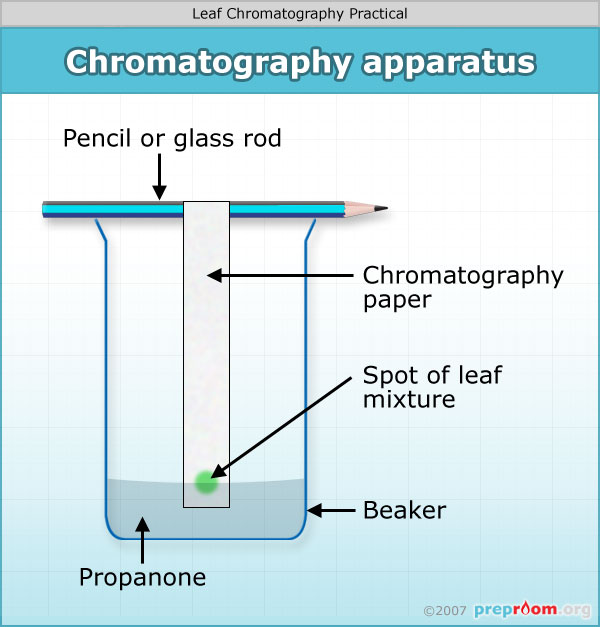Generally, all chromatography is done on silica gel. It's the exact same procedure for TLC (thin layer chromatography), except that instead of paper you have a thin layer of glass covered with silica. What can be done in that case is scraping the spots, then extracting the product with organic solvents and filtration. There exists plates made for this, which are thicker than just for analysis.
Of course this is not viable for large amounts of products. In that case, we use a column of silica (see the image below, taken from https://bitesizebio.com/29947/basics-chromatography-column/).

This time, gravity makes the solvent go through the column and come out at the other end. Compressed air is often used to make this process go much faster.
You will however think "how do you reveal the products IN the column?" As the products aren't always colored, you can't really tell when what you want is coming out. Therefore, everything is collected in tubes of the appropriate size and revealed afterwards. If everything goes right, there is no overlap between your products and you get everything out of the column. If there is an overlap, you have to either do the column again for the mixed fractions or just discard those and keep the tubes containing only the pure product you want.
This technique is used pretty much all the time, as it can separate anything (as long as it doesn't degrade on silica) and can be adjusted by changing which solvent or mix of solvents you use.


